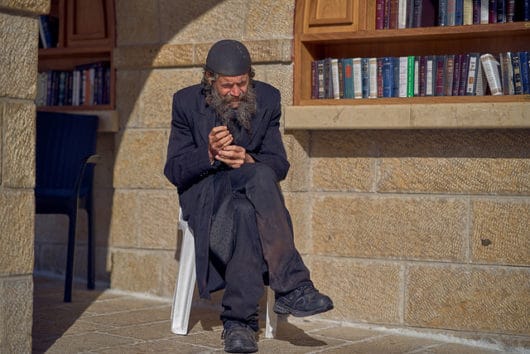Top 10 Facts About Living Conditions in Israel


Israel has an extensive and complicated history, mostly related to various religious conflicts. The latest chapter of its history has played an integral role in understanding the living conditions in the country. The active presence of military force has had an effect on the way people live while economic success has had an unexpected outcome on other aspects of living. In the article below, top 10 facts about living conditions in Israel are presented.
Top 10 Facts about Living Conditions in Israel
- Thanks to Israel’s booming tech industry, the country has seen a rise in economic growth in recent years. To supplement the increase in income, many areas in Israel raised the cost of living leaving many families unable to pay the difference in the cost of living. As a result, Israel’s income disparity was a contributing factor to the reported 1.8 million people that were living in poverty in the country in 2016.
- Israel has one of the highest standards of living in the Middle East. The cost of living in Tel Aviv has been compared to the cost of living in New York City, and it was concluded that it would be cheaper to live in the Big Apple than in this Israel’s city. In 2016, the monthly poverty line for one couple was drawn at $1,482, which is far higher than in other countries.
- Israel’s tourism industry can also be linked to the financial development of the country. Each year millions of people from all over the world flock to Israel to pay homage to its many religious sites. Employing about 6 percent of Israel’s workforce, Israel’s tourism industry made $20 billion in 2017. However, for the same reason, it puts Israel at a much higher risk of attack from different terrorist organizations.
- Due to the feud over the holy land, many Israeli citizens live in a constant state of danger and fear from an impending attack. Throughout the conflict that lasted from 2005 to 2014, an estimated amount of 16,500 missiles have been fired onto Israel causing more than 2,600 injuries or deaths and property damage estimated at $160 million. Since then, Israel has employed missile defense systems to cartel future damage inflected by potential attacks.
- While there have been improvements made toward gender equality in Israel, religion-based gender discrimination prevents women from having the same rights and opportunities as men. Among European nations, Israel ranked at the bottom in terms of women participation in higher education with only 28 percent. Due to unequal revenues, part-time employment and lower work benefits, women make up a good portion of those affected by poverty in Israel.
- Israel, due to the constant conflicts, has a large military presence. The Israeli military has established heavily guarded checkpoints making travel difficult for Palestinian occupants. Many people that are hoping to pass through the gates are met with a long wait time that forces some to miss school or work. This racial disparity contributed to the high number of 180,000 Arabs living in poverty in 2016.
- As one part of Israel’s poverty population, Arabs in poverty are living in poorly structured homes in some of the country’s most violent cities. Many are forced to live in what can only be described as cramped tenement style housing where there are many drug-related crimes. Some Arabs are subjected to living in these types of conditions as part of the racial and cultural discrimination.
- Like many Middle Eastern countries, Israel does not have a lot of fresh water sources. There is a lack of water in the country that has led to many innovative techniques for water conservation such as agricultural modernization, drip irrigation and the formation of a large desalination facility. The plant uses reverse osmosis to convert sea water to fresh water and is responsible for 40 percent of Israel’s drinking water. Israel’s innovation in clean water is paving the way for to be a leader in future water exports.
- A contributing factor to Israel’s expanding rate of poverty is its growing population. On average, families in Israel have 3.1 children and in other Israeli cultures, some have up to 6.5 children per household. However, due to the household size and high costs of living, one out of every three Israeli children lives below the poverty line.
- Higher populated areas have a great deal of pollution that affects the health of many citizens. Pollution stemming from cars kills over 1,000 people every year. Steps to reduce pollution have been implemented by promoting the use of alternative renewable energy sources and decreasing the importation of gasoline-fueled cars.
As can be seen in the top 10 facts about living conditions in Israel listed above, the conflict raging both within and outside its borders have greatly impacted the Arab community, giving rise to poverty conditions. While making strides in life-altering technology advancements, Israel has displaced many that are unable to afford the cost of living. Israel has the potential to be another one of the world’s superpowers with its technology. However, it must find the balance within its growing economy and living conditions of the citizens and create government programs to make up the difference in wealth for its citizens in order to end poverty issues in the country.
– Catherine Wilson
Photo: Flickr
